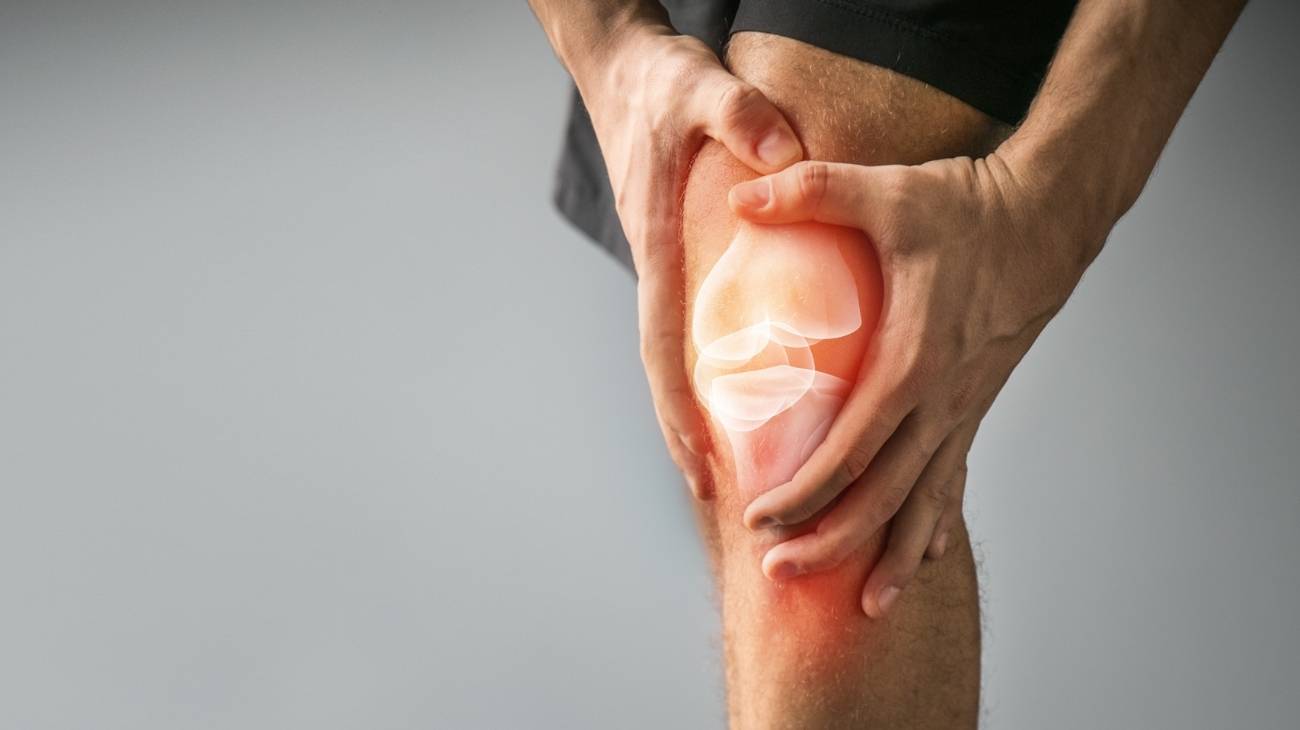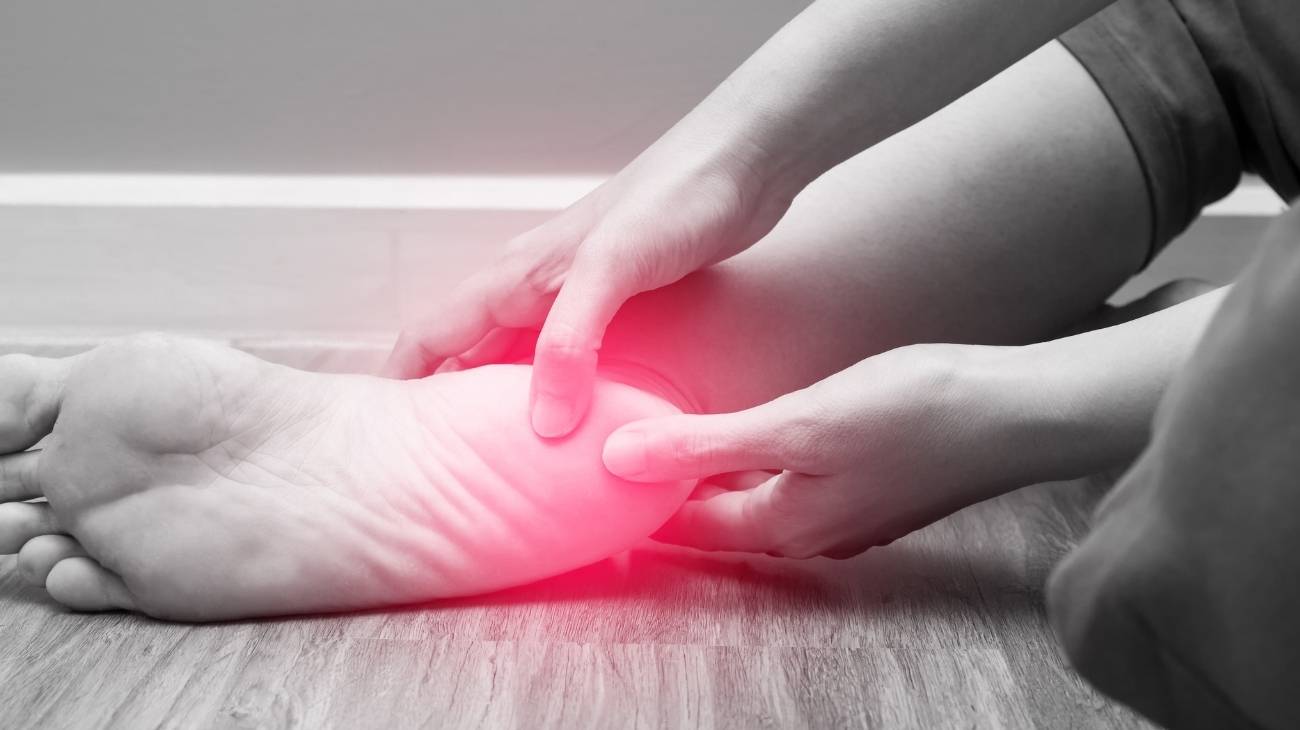While it is true that the elbow is the joint that connects the humerus to the proximal ends of the ulna and radius, it connects the arm to the forearm. It allows the hand to be moved away from and towards the trunk, making it vital for everyday actions. However, like all joints, it is not exempt from injury.
Consequently, if the elbow straightens violently, the person may suffer from a pathology known as "hyperextension of the elbow". Given its common occurrence, it is worth knowing what it is and how it can be healed with the help of a compression elbow brace after the injury has occurred.
What is hyperextension of the elbow and what are its symptoms?
A hyperextension elbow injury is an elbow injury that occurs when the elbow is bent or straightened backwards incorrectly, exceeding the normal maximum capacity limit. This means that it is a condition that is generated once the joint is extended beyond its natural range of motion and thus triggers hyperextension by being forced to bend in an inaccurate direction.
As a result, it can damage structures such as ligaments, bones and even the elbow joint itself. In most cases, this type of pathology occurs in football, basketball, rugby and martial arts athletes.
Other causes include:
- Trauma resulting from a direct impact to the elbow.
- A sudden event resulting in a fall on the outstretched arm.
- A sports technique performed incorrectly.
- A deformity characterised by hyperextension of the elbow over 5 degrees.
The most common signs and symptoms of this injury are:
- Intense pain in the joint. Especially in the inner region of the elbow.
- Inflammation or swelling along the impacted area.
- Bruising that is externalised by torn ligaments and muscle fibres.
- Loss of mobility in the joint.
- Strength deficits along the affected arm.
- Muscle cramps or spasms.
- Deformity in the area (if it is a severe case).
Bestseller
What are the benefits of using a compression elbow brace to treat elbow hyperextension?
Once a diagnosis has been made, it is essential to initiate the appropriate treatment to mitigate the symptoms that develop during hyperextension of the elbow. Treatment usually involves cryotherapy to take advantage of the analgesic and anti-inflammatory properties of cold, as well as medication prescribed by a healthcare professional.
But, beyond that, one of the most important techniques to improve this injury, without a doubt, is compression therapy. This is a method that helps protect the elbow ligaments in order to prevent more severe damage to the area. Additionally, it helps to boost blood flow, as well as reduce pain, minimise inflammation and stimulate the optimisation of mobility in an agile way.
Therefore, to treat elbow hyperextension, it is recommended to use a compression elbow brace which is a textile garment with the ability to provide the benefits of compression therapy after an elbow joint injury has occurred.
Thus, specifically, the advantages offered are:
- Relieves pain, noticeably.
- Protects the elbow from more severe injury.
- Ensures remarkable comfort and versatility.
- Produces a sedative or relaxing effect to accelerate recovery of the area.
Note that, to treat the injury, you should choose to use a flexible compression elbow sleeves, which are those that provide a stronger support. Whereas, the sports elbow brace is used before the injury appears or after rehabilitation and basically, they focus on exerting a force on the joint so that it remains open.
How long does it take for elbow hyperextension to heal?
Medically, it is not medically relevant to define an exact time frame for full rehabilitation of an elbow hyperextension. Since, like all pathologies, the healing of this type of injury depends on different factors involved in the healing of the elbow area in order for the patient to regain full mobility of his or her joint.
The most important factors for the rapid healing of elbow dislocation are:
- The rest or rest that the affected person keeps, avoiding any physical activity that requires effort with the elbow.
- The use of a compressive elbow brace as appropriate: Both in reference to the prescribed length of time, as well as the correct adaptation of the textile garment.
- The level of severity of the injury: The more severe the injury, the longer it will take for the elbow to recover from hyperextension.
- The practice of other techniques or therapies that stimulate improvement: If, in addition to the compression elbow brace, the patient uses other rehabilitation methods to regain regular elbow function (cryotherapy, physiotherapy exercises, medication, etc.), he or she will heal in a shorter period of time.
- The general state of health: If the patient practices good daily habits and does not suffer from other pathologies, the rehabilitation process is likely to be faster compared to more vulnerable patients.
- The age of the injured person: Because people's joints naturally weaken over the years, it may take an older individual longer to recover from a hyperextension of the elbow than a younger patient.
However, on average, an elbow injury in this category can heal within two to three weeks, provided it is mild, the patient wears an effective compression elbow brace and undergoes optimal treatment as soon as possible. If the level of severity of the hyperextension is significant, it will take more than a month for the affected elbow to fully recover.






















